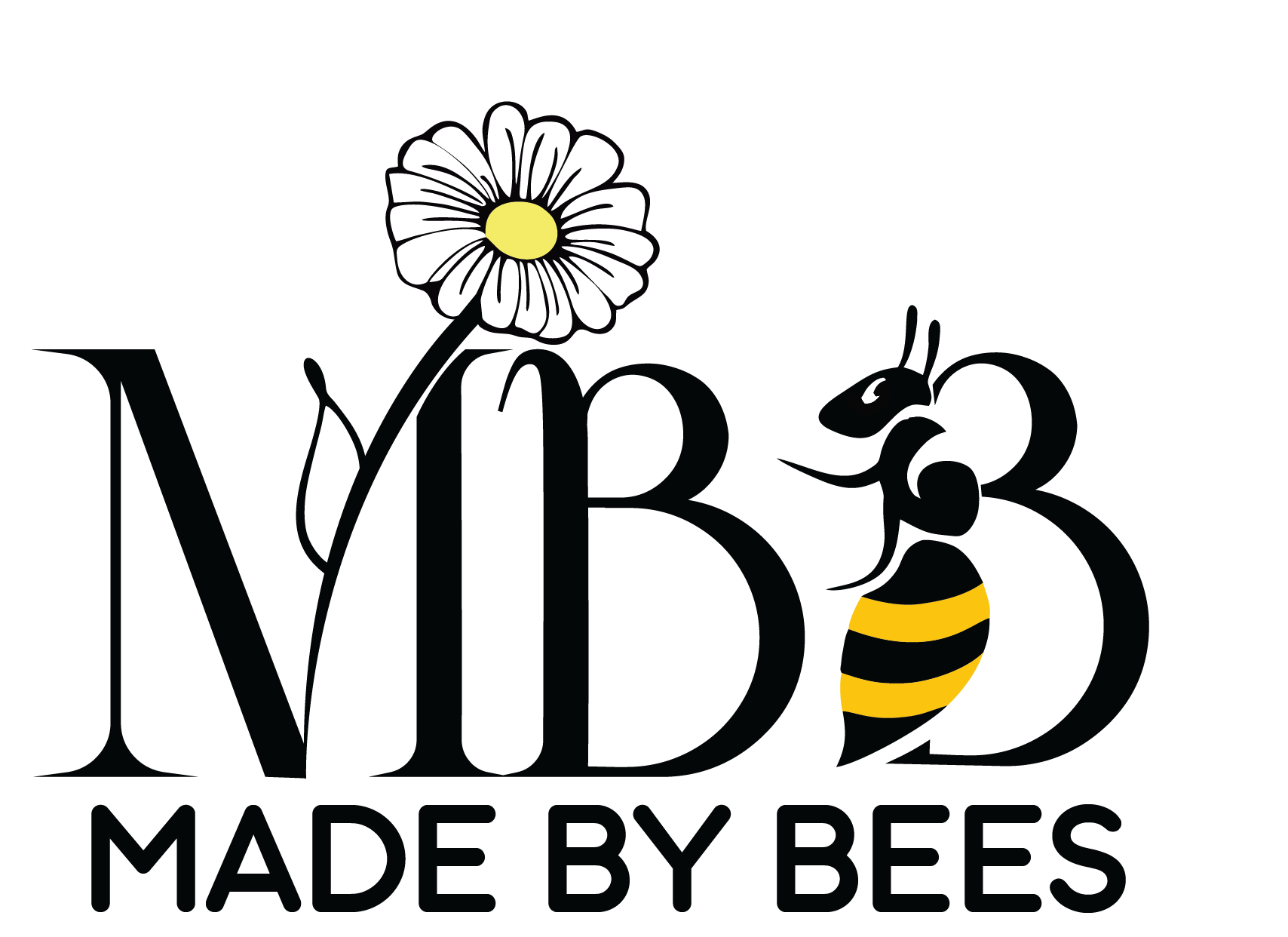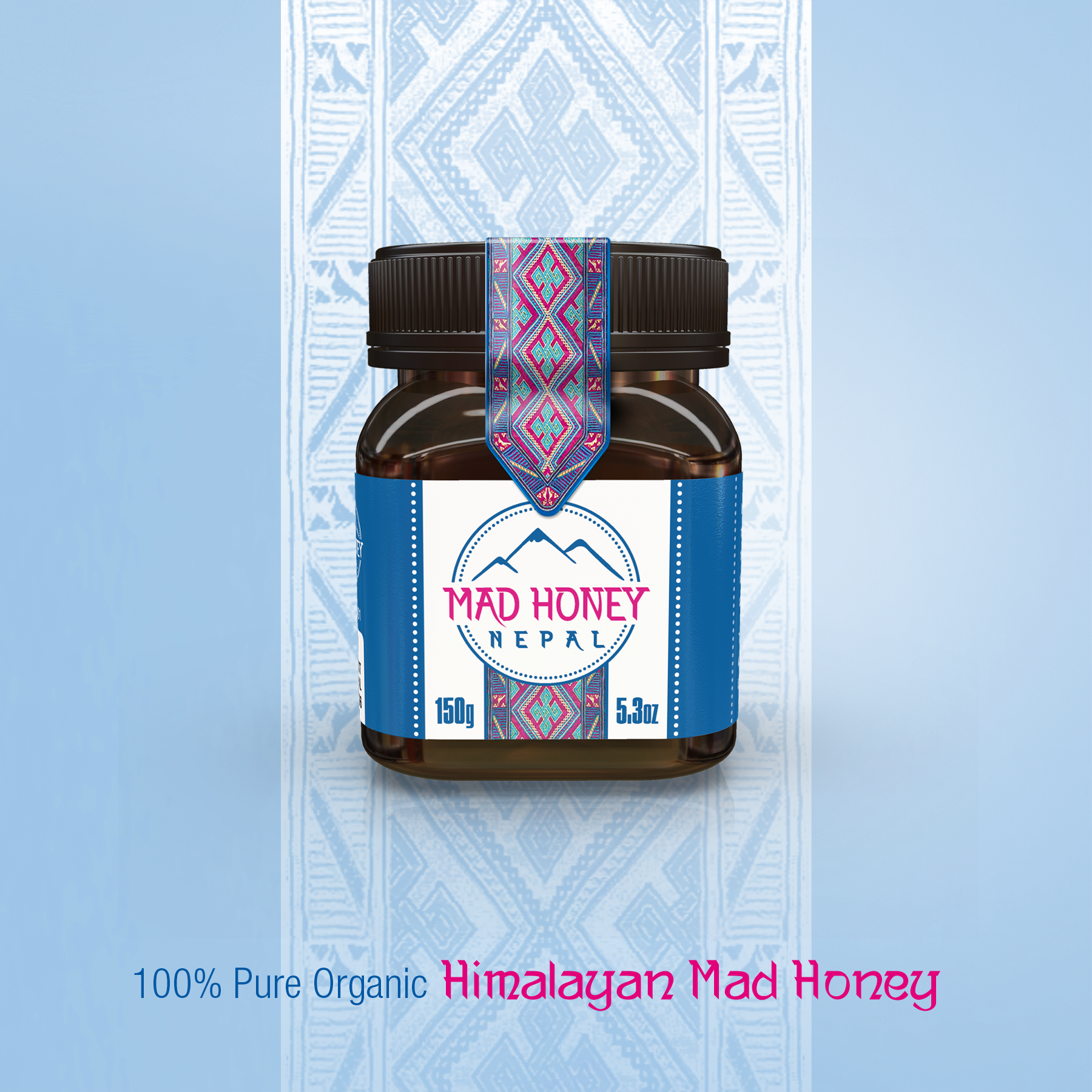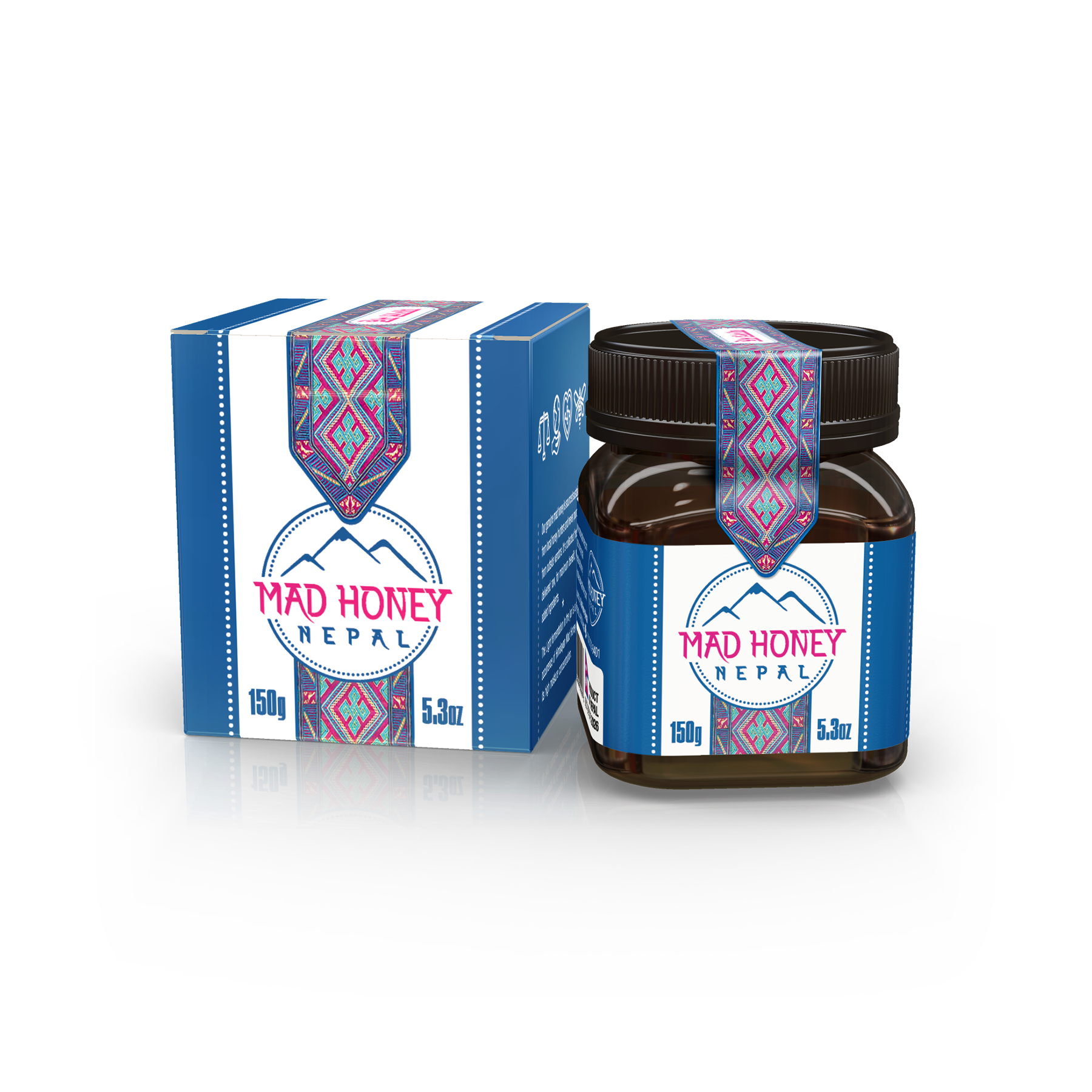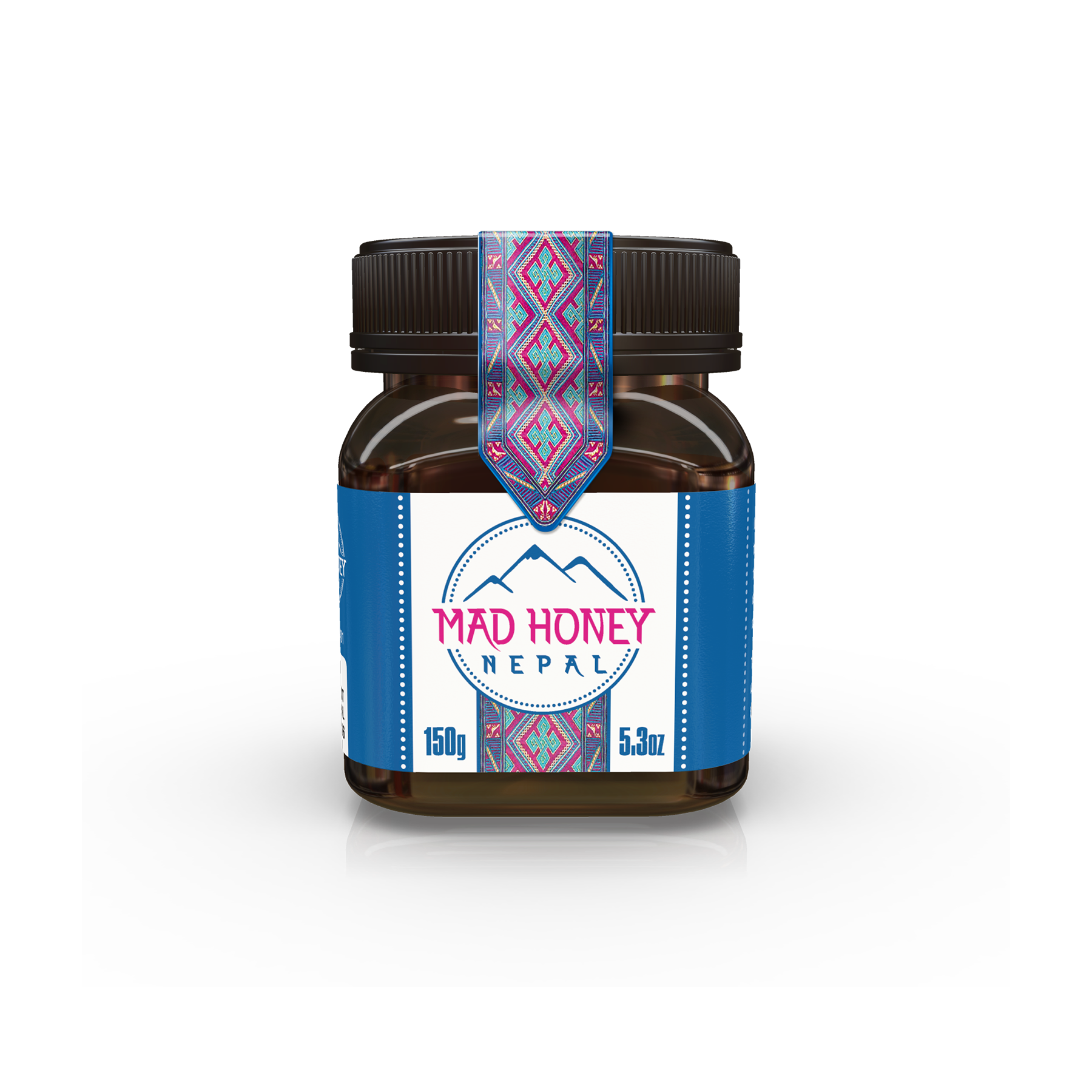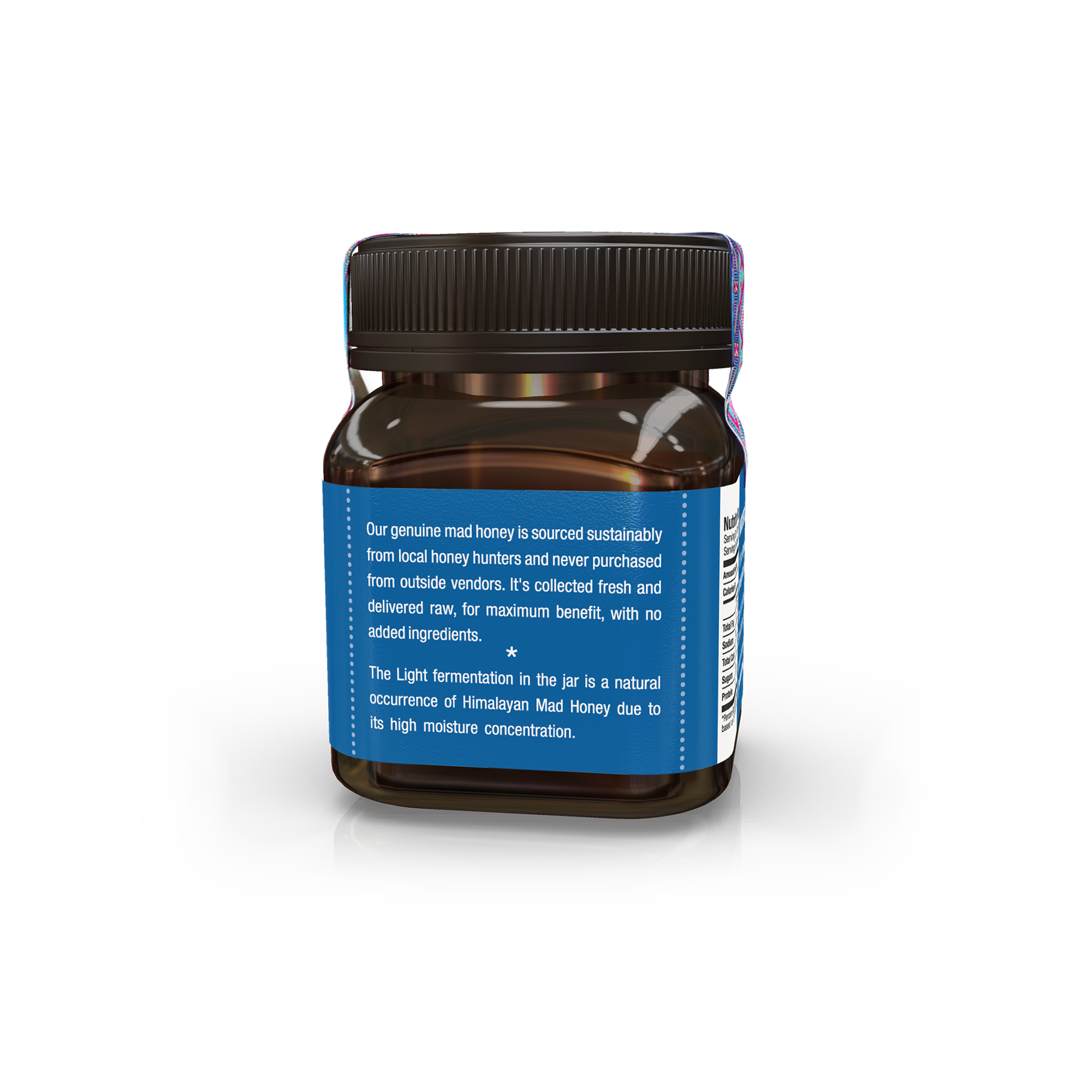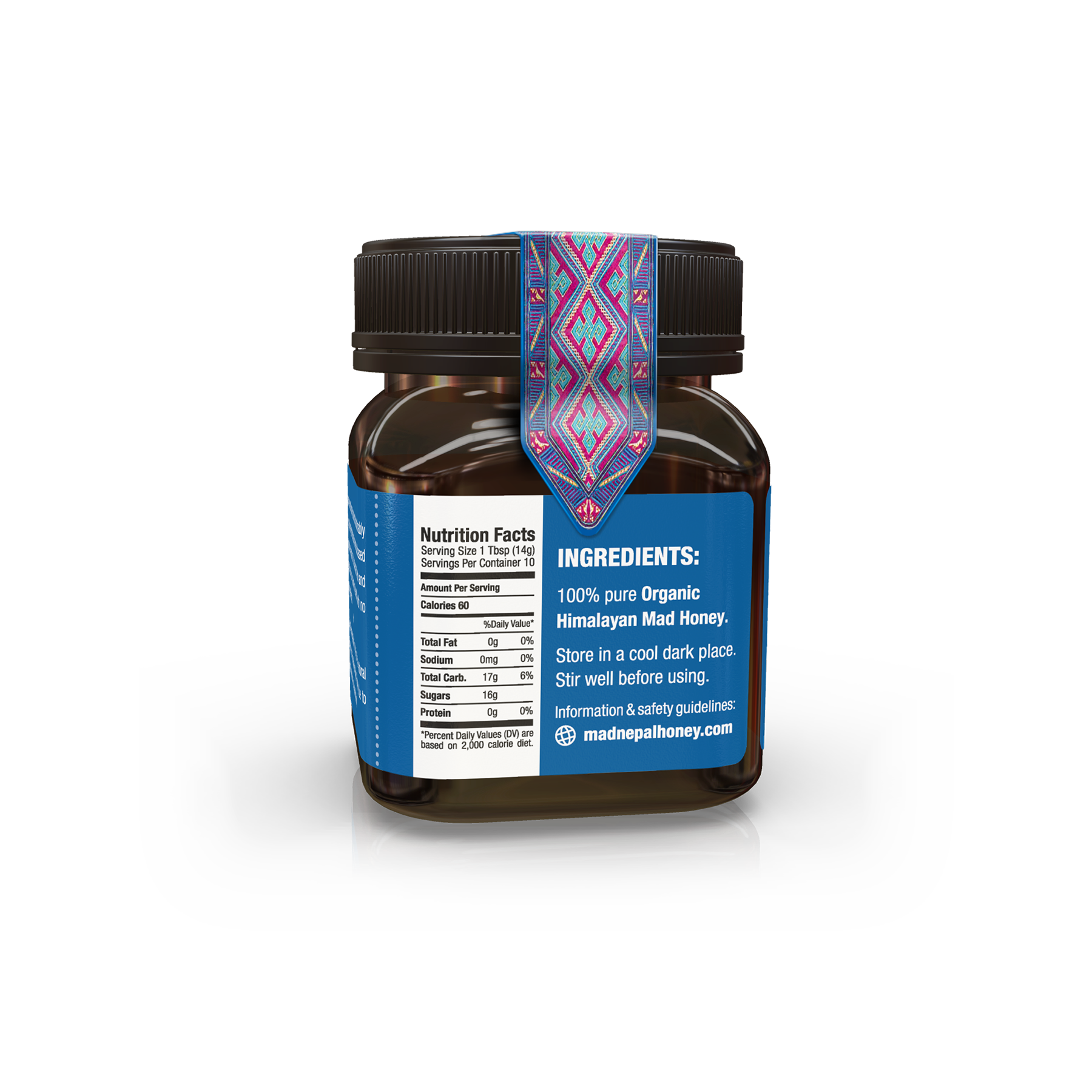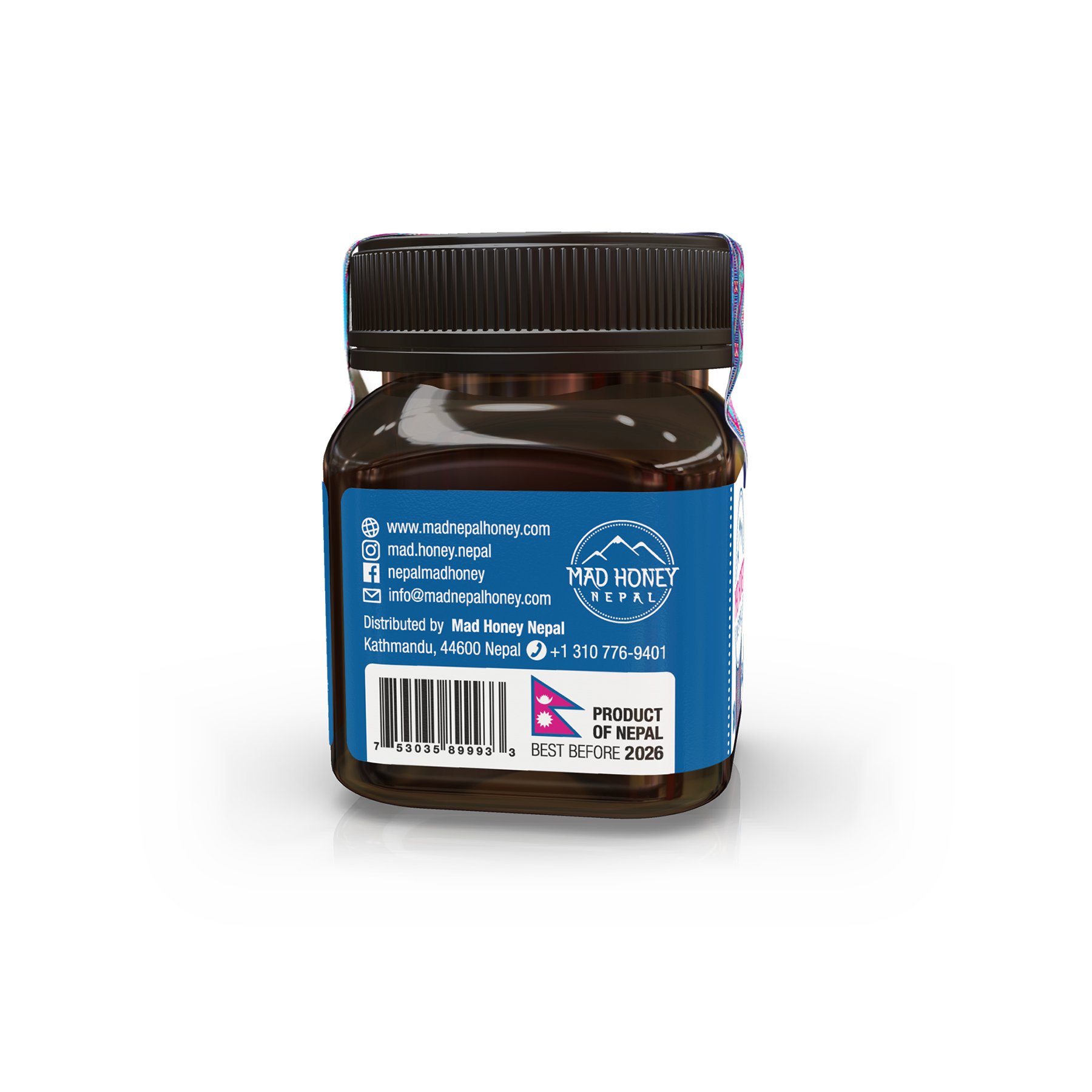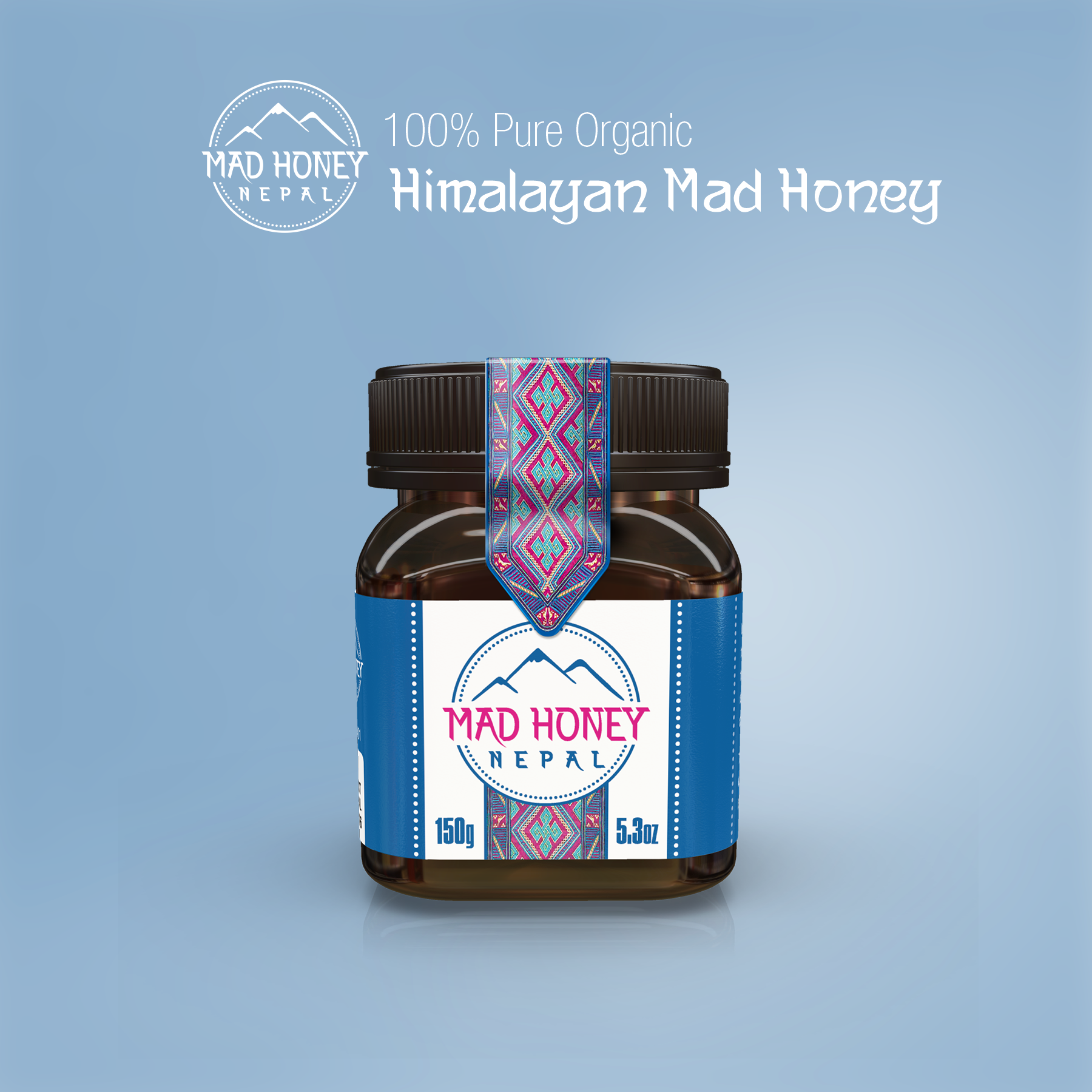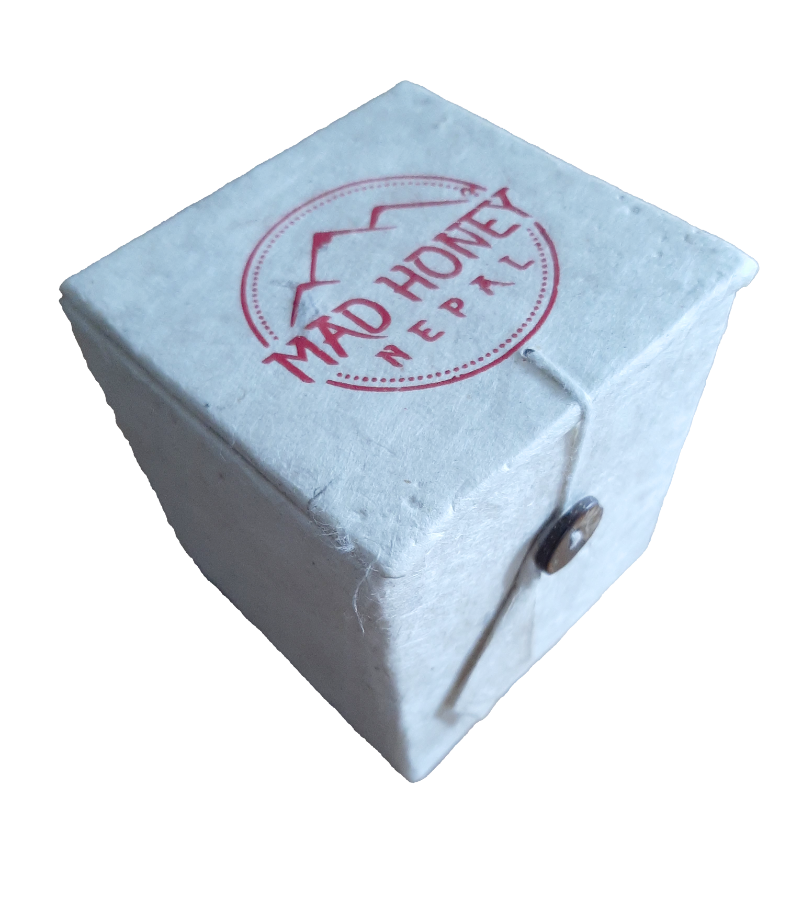
Key benefits of Mad Honey
Pain Management
While research is limited, mad honey may have potential in pain management:
Arthritis Relief
- A 2015 study reported its use as an alternative treatment for arthritis
- Anti-inflammatory properties may contribute to pain relief in arthritic conditions.
Cardiovascular Health
Improved Cholesterol Levels
- Contains antioxidants that may help regulate cholesterol. Some people report improved overall cholesterol profiles with regular use.
Reduced Blood Pressure
- Moderate consumption may positively impact blood pressure levels.
- Antioxidants in mad honey may relax blood vessels and improve circulation.
Immune System Support
Antioxidant Properties
- Rich in antioxidants that combat oxidative stress.
- May enhance overall immune function by protecting cells from damage.
Immunomodulatory Effects
- May increase production of immune cells like T and B lymphocytes.
- Could help the body respond more effectively to infections and diseases.
Anti-Inflammatory Effects
- Phenolic compounds contribute to anti-inflammatory properties.
- May improve immune function and decrease risk of chronic inflammatory conditions.
